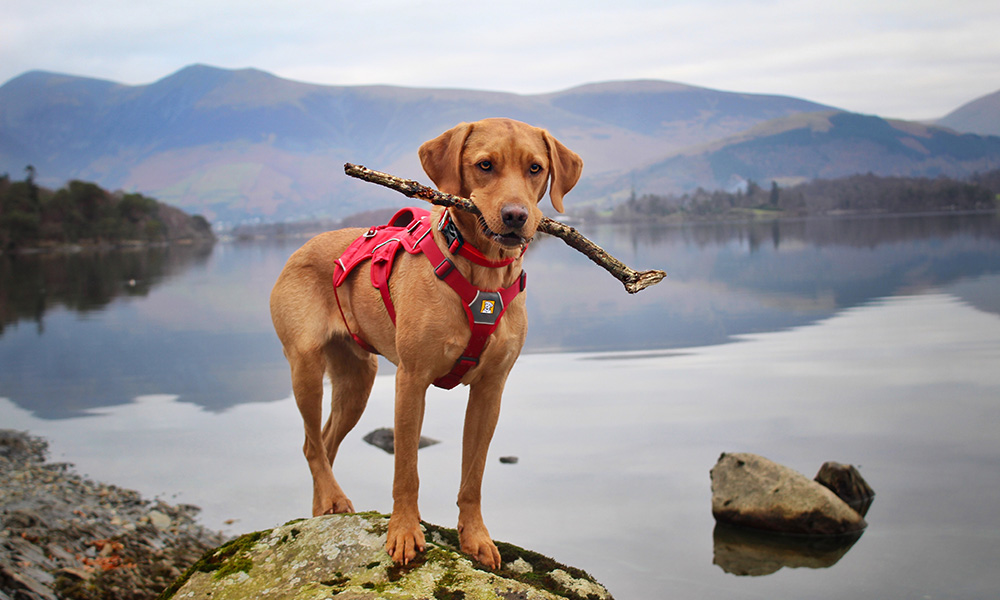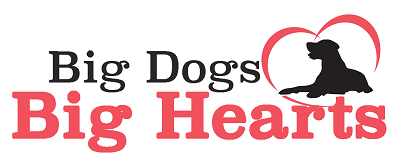Here’s A List Of Different Types Of Dog Harnesses And Their Uses

Dog harnesses are essential tools for dog owners that provide a safe and comfortable way to control and manage their furry friends. With a wide variety of options available, it’s important to understand the different types of dog harnesses and their specific uses.
In this article, we will explore various types of dog harnesses, their benefits, and how to choose the right one for your canine companion.
Understanding Dog Harnesses:
What is a dog harness?
A dog harness is a piece of equipment designed to fit around a dog’s body and distribute pressure evenly across the chest and shoulders.
Unlike a traditional collar, which puts strain on the neck, a harness for dog offers a more secure and gentle way to control a dog during walks or other activities.
Why use a dog harness?
Using a dog harness instead of a collar can be beneficial for several reasons.
Firstly, it reduces the risk of neck injuries, especially for dogs prone to pulling or jerking on the leash.
Secondly, harnesses provide better control and minimize the chances of the dog slipping out of their collar.
Lastly, harnesses for dogs are often more comfortable, particularly those with respiratory issues or delicate throats.
Benefits of using a dog harness:
- Enhanced control during walks and outings
- Reduced strain on the neck and throat
- Improved comfort for the dog, especially those with respiratory issues
- Minimized risk of escape or slipping out of the collar
Types of Dog Harnesses:
Step-in Harness:
The step-in harness is designed to be easily put on and taken off by stepping the dog’s legs into the designated openings. It typically has adjustable straps and buckles that secure the harness around the dog’s chest.
Back-clip Harness:
A back-clip harness has the leash attachment point on the dog’s back. This type of harness is suitable for dogs that walk calmly without excessive pulling. It provides good control and reduces strain on the neck.
Front-clip Harness:
A front-clip harness has the leash attachment point on the dog’s chest, which helps redirect the dog’s attention towards the owner when they pull. It is useful for dogs that require more control and discourages pulling behavior.
No-pull Harness:
No-pull harnesses are designed with additional features to discourage pulling behavior. They often have a front-clip attachment point and may include straps that tighten slightly when the dog pulls, gently reminding them to stop.
Martingale Harness:
Martingale harnesses incorporate elements of both a martingale collar and a harness, featuring a loop that gently tightens when the dog pulls. This mechanism ensures the dog remains secure in the harness, effectively preventing them from slipping out, all while maintaining their comfort and safety.
Vest Harness:
Vest harnesses have a wide padded chest plate and are designed for small or toy breeds. They offer extra support and distribute pressure evenly, making them suitable for dogs with delicate necks or those recovering from injuries.
Car Harness:
Car harnesses are specially designed to secure dogs safely during car rides. They typically have additional straps and attachments that can be connected to a seatbelt or secured to the car’s interior.
Choosing the Right Dog Harness:
When choosing a harness for dog, several factors should be considered:
- Considerations for sizing
- Material and durability
- Adjustability and comfort
- Purpose and functionality
Using Dog Harnesses for Different Activities:
- Walking and casual outings
- Running and jogging
- Training and obedience
- Hiking and outdoor adventures
- Car rides and travel
Conclusion:
In conclusion, choosing the right dog harness is crucial for ensuring your pet’s comfort, safety, and control during various activities. Understanding the different types of dog harnesses and their specific uses allows you to make an informed decision based on your dog’s needs and the intended purpose. By investing in a suitable harness, you can enhance your dog’s overall well-being and enjoy stress-free outings together.

